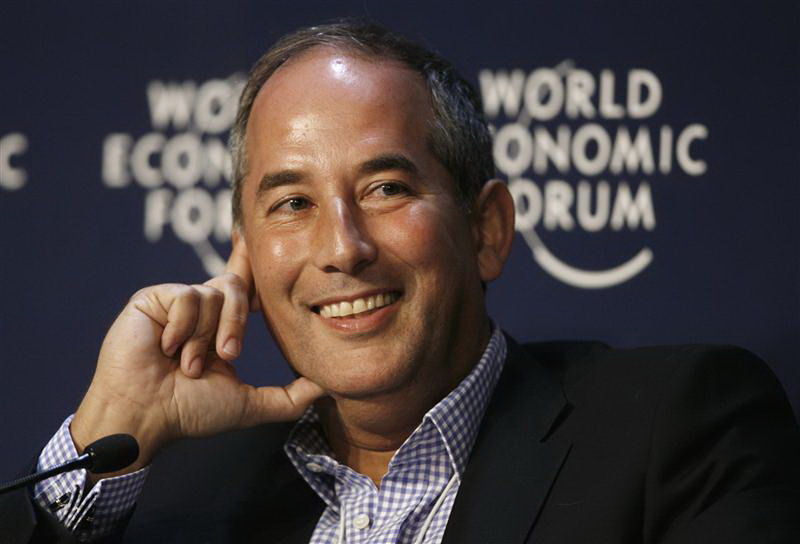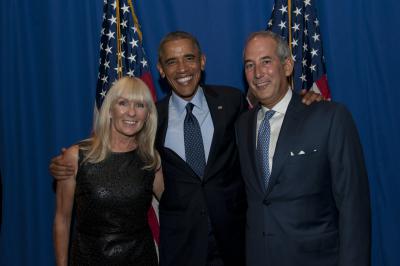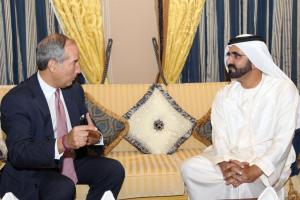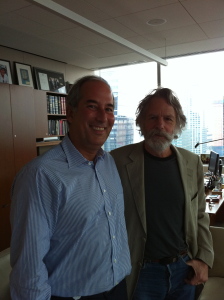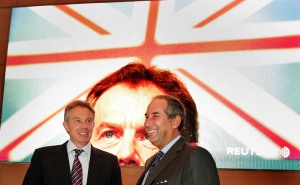Last week I gave a series of talks at the Ambrosetti Finance Forum in Lake Como Italy. In addition to being a beautiful location to enjoy the arrival of Spring, the old world charm of the Villa d’Este was the perfect backdrop to discuss the differences between European and US venture capital.
Twice a year, the Italian-based Ambrosetti firm gathers government ministers, central bankers, academics and business leaders to discuss topics of relevance to Europe and the world. The March session is typically dedicated to an examination of relevant issues in finance, with no fewer than three former Italian Prime Ministers and Finance Ministers in attendance.
While the highlight of the conference for me was a discussion on the Greek recovery plan (or lack thereof) which featured Mario Monti, the former Prime Minister of Italy, and Yanis Varoufakis, the current Finance Minister of Greece, I tackled the more manageable topic of why do we see a substantial difference in venture capital returns between the US and Europe.
Perhaps not unlike the debate over Greece’s potential exit from the Euro, there is much mythology surrounding the difference between VC returns in the US and Europe. Numerous political, cultural and psychological explanations have been advanced, but there has been limited empirical research.
The most rigorous study I could find was a February 2008 paper co-authored by three European academics that analyzed comparative venture returns in the US and Europe. (See Hege, Ulrich and Palomino, Frédéric and Schwienbacher, Armin, Venture Capital Performance: the Disparity Between Europe and the United States (February 8, 2008). Available at SSRN:http://ssrn.com/abstract=482322 or http://dx.doi.org/10.2139/ssrn.482322 (Hereinafter, the Hege Study)). The Hege Study analyzed data from 147 European VC-backed companies and 234 American ones for the period 1997 through 2003 and concluded that “US venture capitalists generate significantly more value with their investments than their European counterparts.” And that the performance gap “is statistically highly significant and very large in economic terms.” (Hege Study, p.2).
Hege et al. concluded that European firms underperform because they (1) do not increase funding to the good performers in their portfolios in contrast to the American practice; (2) use syndication less effectively than American VCs; (3) are less specialized (not focused primarily on early-stage investments); and (4) include fewer corporate co-investors.
These conclusions are interesting, but do not in my mind fully explain the performance gap. This is not to suggest that Hege et al. got it wrong, but that there may be other more subtle cultural factors at play that do not reveal themselves in the limited data set. What follows are my intuitions, rather than data-driven conclusions, based on my personal experience of 50+ early stage investments on both sides of the Atlantic over the last 30 years and countless VC and corporate investments in my years at Reuters.
I see the following picture:
First, I agree with the Hege Study that the American tendency to kill underperforming companies earlier and redeploy the capital and labor to the winners is a significant explanation of the difference in overall returns. However, this alone does not explain why US firms take such bolder action.
I believe part of the answer lies in a continuing strain of risk aversion in Europe. This is not, as some have suggested, because European investors or entrepreneurs are not bold or brave enough. Rather, I believe it stems from their rational estimation of the high penalty for failure in Europe. For example, business bankruptcy is not seen in the same light on both sides of the Atlantic. While I believe that we Americans are perhaps too accepting of stiffing creditors in bankruptcy, Europe maintains a deeply rooted view that bankruptcy represents a moral failing not just a business one. Speaking in Italy, I was reminded of the tradition of the “banca rotta” – literally the breaking of the workbench of insolvent moneychangers to mark those who should be shunned.
I also believe that there remains a discomfort in many parts of Europe with the unconstrained workings of free market capitalism and, hence, an irresistible government urge to micro manage the market in start-up financing. This dirigiste tendency seeks to create Silicon Valley-like start-ups by decree rather than allowing the at times chaotic Invisible Hand of the market to rule. Thus, near my home in France, the well-intentioned French government created a technology center that they dubbed “Sophia Antipolis.” A well-chosen name, ample tax subsidies and other regulatory actions, but in the end a home for big companies like Texas Instruments in which to open a satellite office rather than a hotbed of entrepreneurial activity.
Finally, rigid labor laws make it very difficult to launch a true start-up in many parts of Europe. If I am not free to eliminate a job once created, I will not create that job as it is in the nature of venture investing (and all business for that matter) not to expect a 100% success rate for each initiative. This last point is obviously related to the discussion above on the high penalty for failure in Europe.
I have been quite critical of European venture capital in these remarks, but I must admit that conditions on the ground seem to be changing. First, there has been an explosion of start-up activity in Northern Europe, centered in London/Cambridge, Berlin, Estonia and Finland. Second, there are now world-class venture funds based in Europe such as Index Ventures, and not simply London and Munich branches of US powerhouse firms.
Finally, there is no reason why European entrepreneurialism should follow the US model. Perhaps European commentators have been overly self-critical for not replicating Silicon Valley in Europe, while overlooking the truly great indigenous entrepreneurism of German Mittelstadt companies and Italian and Spanish family firms. The goal should not be to replicate one particular model; the goal should be to unleash entrepreneurial drive and innovation and resulting job and wealth creation in whatever form is locally achievable.
I hope I will be invited back to Como to watch this progress.


